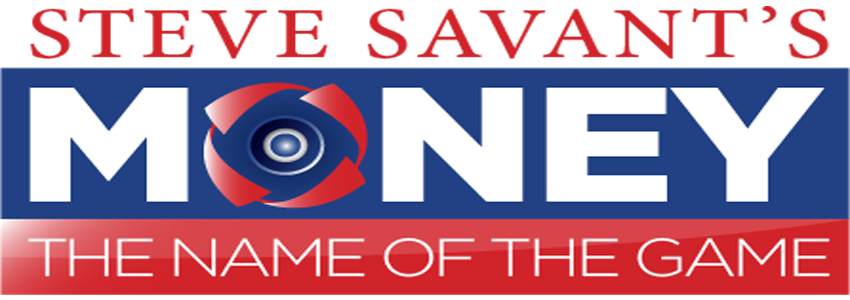 Mesa 12/31/2018 10:00:00 AM
Mesa 12/31/2018 10:00:00 AM
News / Finance
The Government is Drowning in Debt & is a Poor Steward of Taxpayer Monies
Learning from the Money Mistakes of Others

Arthur Morris originated the installment loan. His Morris Plan, the first to make credit available to the average citizen, began in 1916 despite common wisdom that lending money to working people was doomed to failure. Today, it’s hard to imagine how the US economy could function without credit.
Using credit means being able to buy the things or services you need or want by borrowing the money to pay for them. When you arrange for credit, you agree to repay the lender the amount you have borrowed. You typically pay a finance charge, calculated as a percentage of the amount you borrowed, for the opportunity to use the credit. Loans and lines of credit, of which credit cards are the best-known example, are the types of credit people use most often. Loans allow you to borrow a specific amount as a lump sum and repay over time. Lines of credit give you revolving access to a fixed sum of money. Revolving means that as soon as you repay what you have borrowed, you can borrow it again.
Creditors are willing, and often eager, to advance you the principal, or money you borrow, because they make money on the finance charges you pay, especially if you stretch out the payments over an extended period. Creditors figure the finance charge by adding a percentage of the principal to the amount you owe. The percentage, called the interest rate, varies, depending on the type of credit you’re using and the amount of competition the creditor has in attracting your business. It’s often linked to the interest rates that are current in the economy at large, particularly the prime rate, which lenders use as a benchmark rate. In general, finance charges on credit cards are figured at a higher rate than those on most loans.
Other factors sometimes influence the finance charges you pay, including your credit reputation or assumptions a potential creditor makes about you. If a creditor believes there’s a risk that you may default, or fail to repay, the rate you’ll have to pay for credit may be higher than someone who seems to pose less risk. Using credit can be a great financial tool, but most consumers misuse it to their economic hurt.
Contributions from the book Credit & Borrowing in this press release are used with permission from Light Bulb Press.
